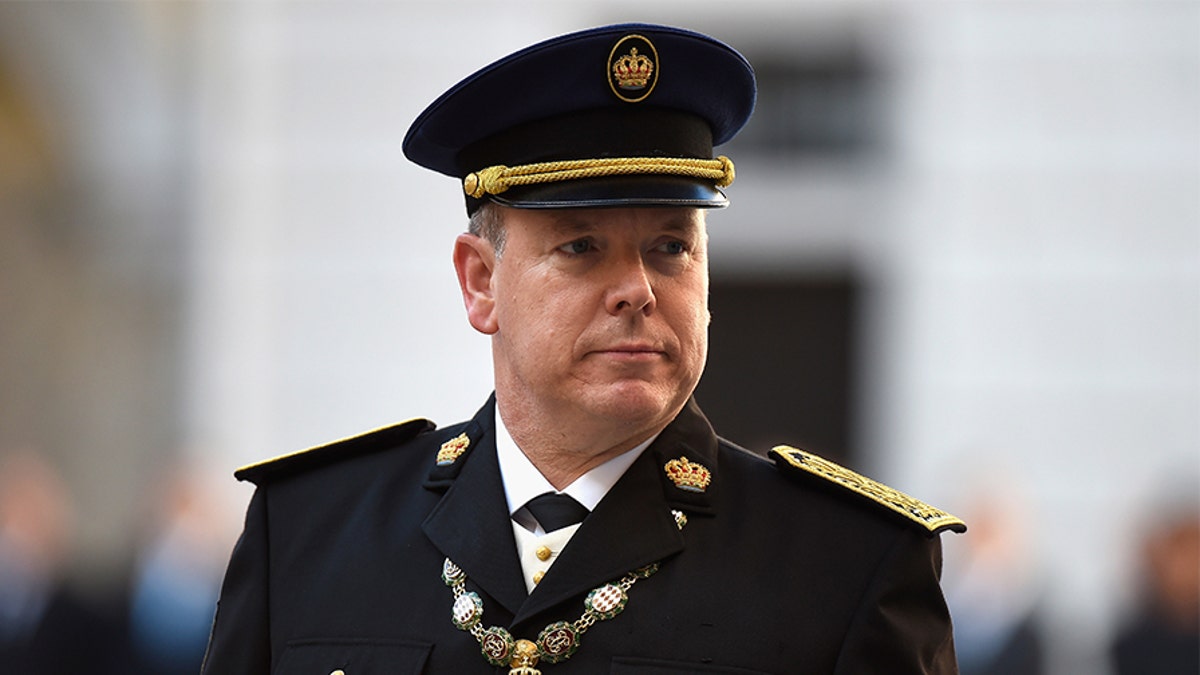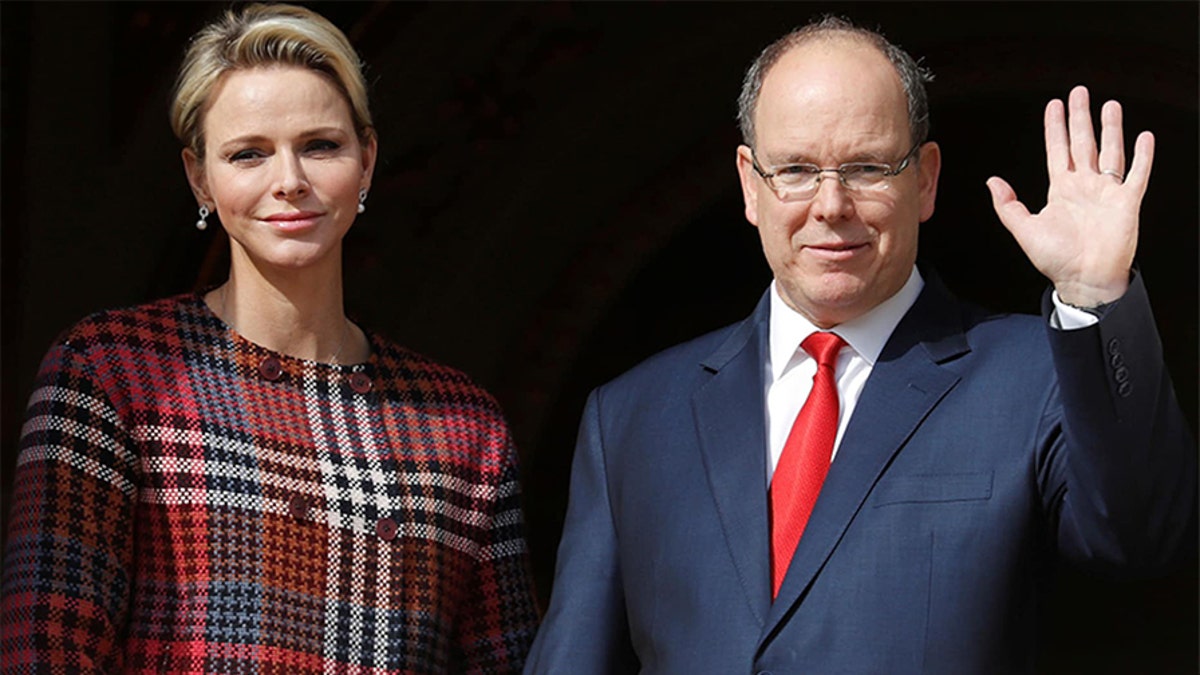Fox News Flash top entertainment headlines for December 7
Fox News Flash top entertainment and celebrity headlines are here. Check out what's clicking today in entertainment.
Prince Albert of Monaco said his journey to recovery after his coronavirus diagnosis didn’t end after quarantine.
The royal tested positive for COVID-19 in March and was the first head of state to contract the virus. Monaco’s reigning sovereign and the son of late former Hollywood actress Grace Kelly spent two weeks in palace isolation.
The 62-year-old, who returned home to his wife Princess Charlene and their 5-year-old twins after his quarantine ended on March 31, retained a small cough, People magazine recently reported. According to the outlet, Albert also experienced different symptoms which lasted into June.
Albert told the outlet his initial infection was “a very mild case.” However, he suffered “moments of marked fatigue” that lasted long after his diagnosis.
PRINCE ALBERT RECOVERS FROM CORONAVIRUS: 'HE IS HEALED AND HEALTHY'
“Immediately after my quarantine, I felt better, but I still didn’t feel quite right,” Albert admitted.

Prince Albert II of Monaco was the first head of state to contract the coronavirus. (Photo by Pascal Le Segretain/Getty Images)
Albert revealed that the regular episodes of intermittent fatigue “absolutely lasted into June.”
“Not every day, but two, three times a week,” he clarified.
Fatigue as well as shortness of breath, cough, joint and chest pain are the most commonly reported long-term symptoms of COVID-19, the CDC reported.
PRINCE ALBERT OF MONACO TESTS POSITIVE FOR CORONAVIRUS, PALACE SAYS
Other reported long-term symptoms include difficulty with thinking and concentration – also known as “brain fog” – as well as depression, muscle pain, headache, intermittent fever and heart palpitations.
“There were times during the day when it just hit, but not like the kind of drowsiness you feel after a heavy meal,” Albert recalled. “It was really just an experience of physical fatigue, like the kind that comes on when you’ve done too much or when you’re coming off an illness. The virus stays with you quite a while.”
Amid lockdown, Albert told the outlet that “he hasn’t done a lot of Netflix actually.” Instead, he’s been using the extra time to organize, catch up on phone calls and read.

Prince Albert with his wife Charlene, Princess of Monaco. (Reuters)
According to the outlet, while France and neighboring Italy have struggled with a “severe” second wave this fall, Monaco’s earlier imposed, more stringent public health actions and lockdown measures have greatly reduced the virus in the country.
PRINCE ALBERT OF MONACO SAYS CORONAVIRUS CAN 'HIT ANYBODY OF ANY AGE' AFTER TESTING POSITIVE
Albert said he is encouraged by the results.
“We have very low numbers,” he shared. “The latest report I received this morning is 18 people in the hospital, only four in intensive care, and just one new case over the weekend. So those are pretty good numbers."
"The index, the number of people infected per population is one of – if not the lowest – in Europe, so we’re holding on but we have to keep everybody in tow by keeping up with masks and other elements of social distancing and hand sanitizers," he added.
The prince shared Monaco will be “very careful, very cautious” during the holiday season to ensure infection numbers remain low.
PRINCE ALBERT'S DAUGHTER SAYS SHE'S 'GRATEFUL TO BE ALIVE' AFTER BATTLING COVID-19
“We’re going to shut down the usual public places where people congregate on New Year’s Eve – like the Casino Square and the quayside where we usually have the Christmas Market, which is a very reduced version this year,” he said.
At the time of Albert’s diagnosis, the palace shared the prince was being treated by doctors from the Princess Grace Hospital, named after his mother. It revealed the royal would continue his work from home.
Albert urged residents of the small Mediterranean principality to respect confinement measures.
The Associated Press contributed to this report.






















